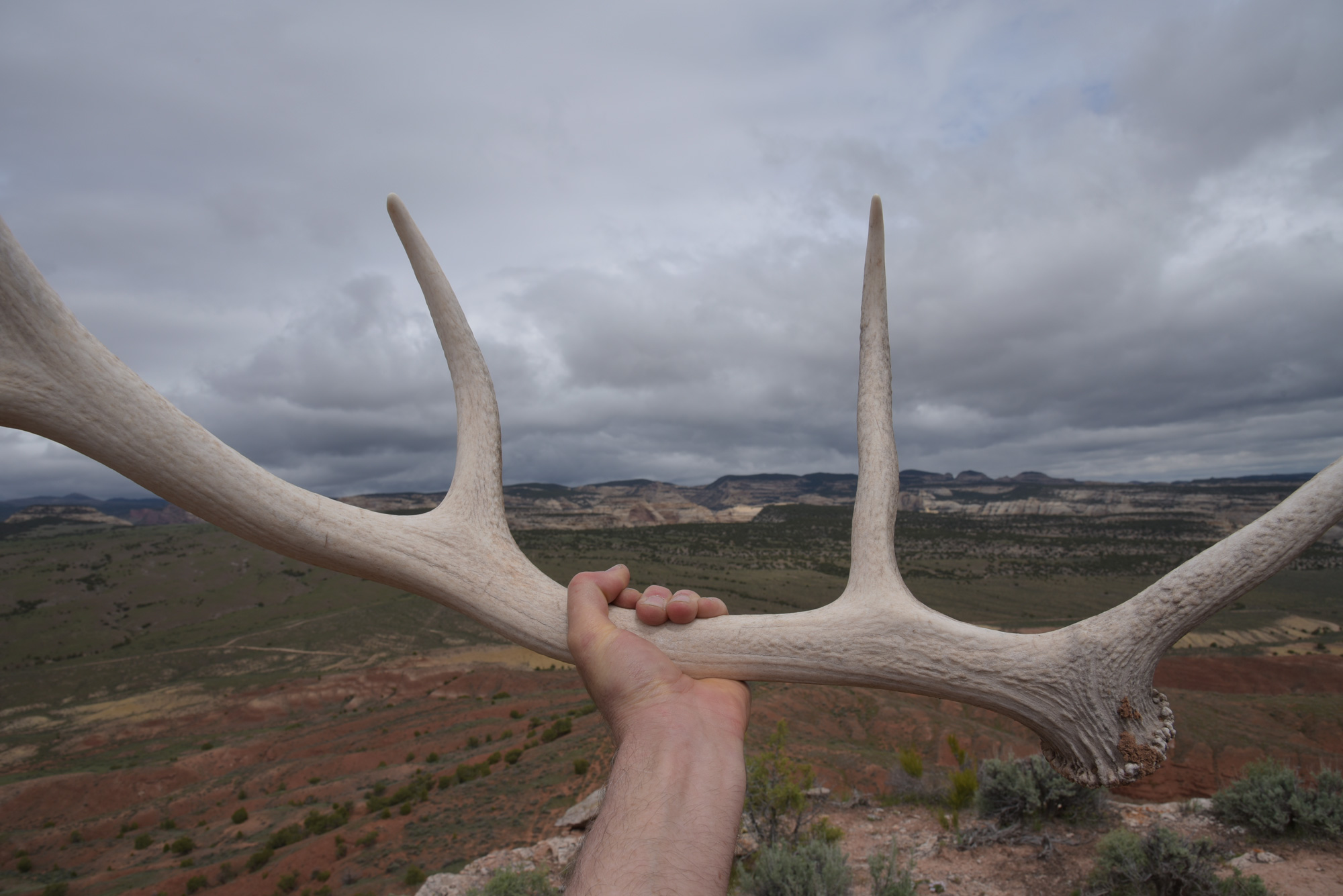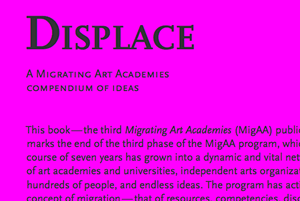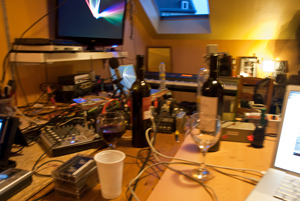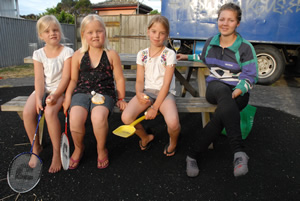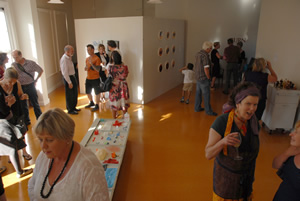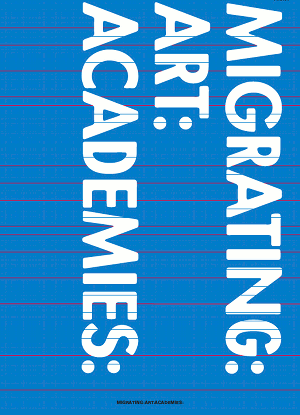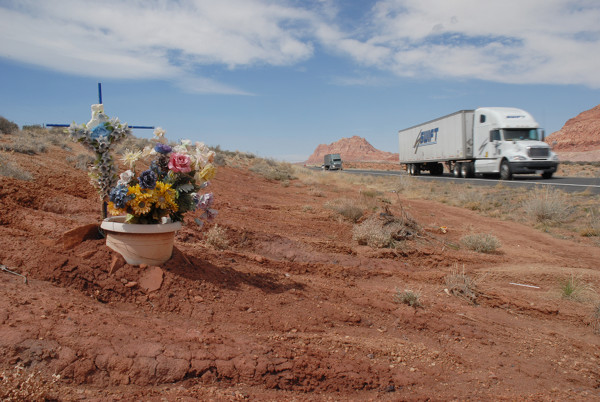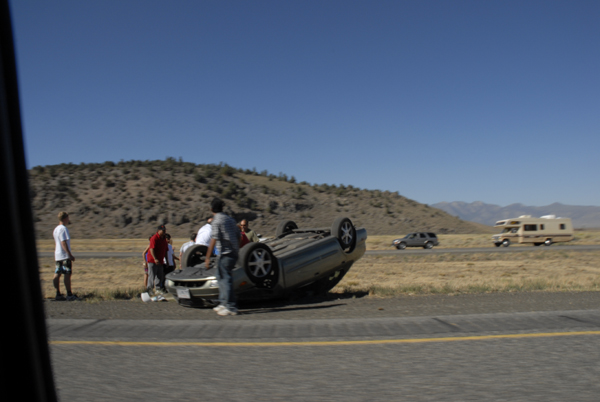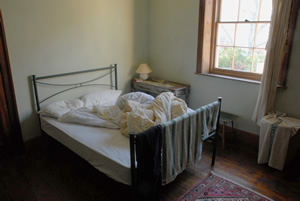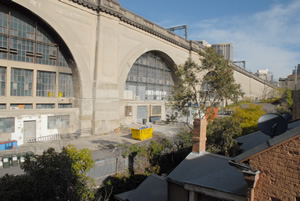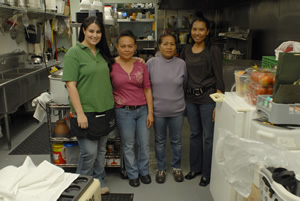The English translation of this is Nobody Swallows the Sun, and it’s the title of a release of a couple of sound-art compositions by my friend, Icelandic artist, Magnús Pálsson. Adam Buffington started the label Mumbling Eye in 2021 featuring some of Magnus’ work: check out Enginn Gleypir Sólina on Bandcamp along with a second release, Gapassipi. And, back when I made a couple documentations of both he and Rod prepping in Maastricht for a performance in Berlin: a remix of that complexity.
(18:59, stereo audio, 46.3 mb)
Now a month after leaving the ‘regular’ job, conversations ensue within the personal network—Athens, Weimar, Helsinki, Vihti, Benin, Catania, Reykjavík, Forsbach, Bremen, Kiel, Maastricht, Salmon Arms, Vancouver, Boulder, Durango, Santa Fe, Denver—old friends, collaborators, former students, family. I am a bit surprised—and humbled—at how easy the dialogues pick up and seamlessly continue with the strong energies that they were long-rooted in from other times and places. It is deeply gratifying to have a confirmation of network dynamics as demonstrated by these wonderful Others: many more dialogues to come. Already learning much, and catching up on lives.
— an aside from the NY Times: the Anthropocene will remain an unofficial tag on our short-lived and messy presence: the geoscience community voted it down (more details in an article in Nature). In many ways it seemed to be yet another human conceit, naming an epoch after us, but, this is certainly not the end of the term in the popular hive-mind.
— and, finally, a bird’s drone’s eye view on location after one of the few Light snowfalls this winter. The smooth areas are the result of many days of weed-whacking throughout last year’s long and prolific weed-growing season. That’s the one advantage of drought, even the weeds are handicapped. Last year’s relatively heavy precipitation brought a profusion of chest-high invasives across the entire 13+ acre property that I could not successfully battle without access to full-on farming equipment. That level of capital I don’t have, I subsequently gave up.

